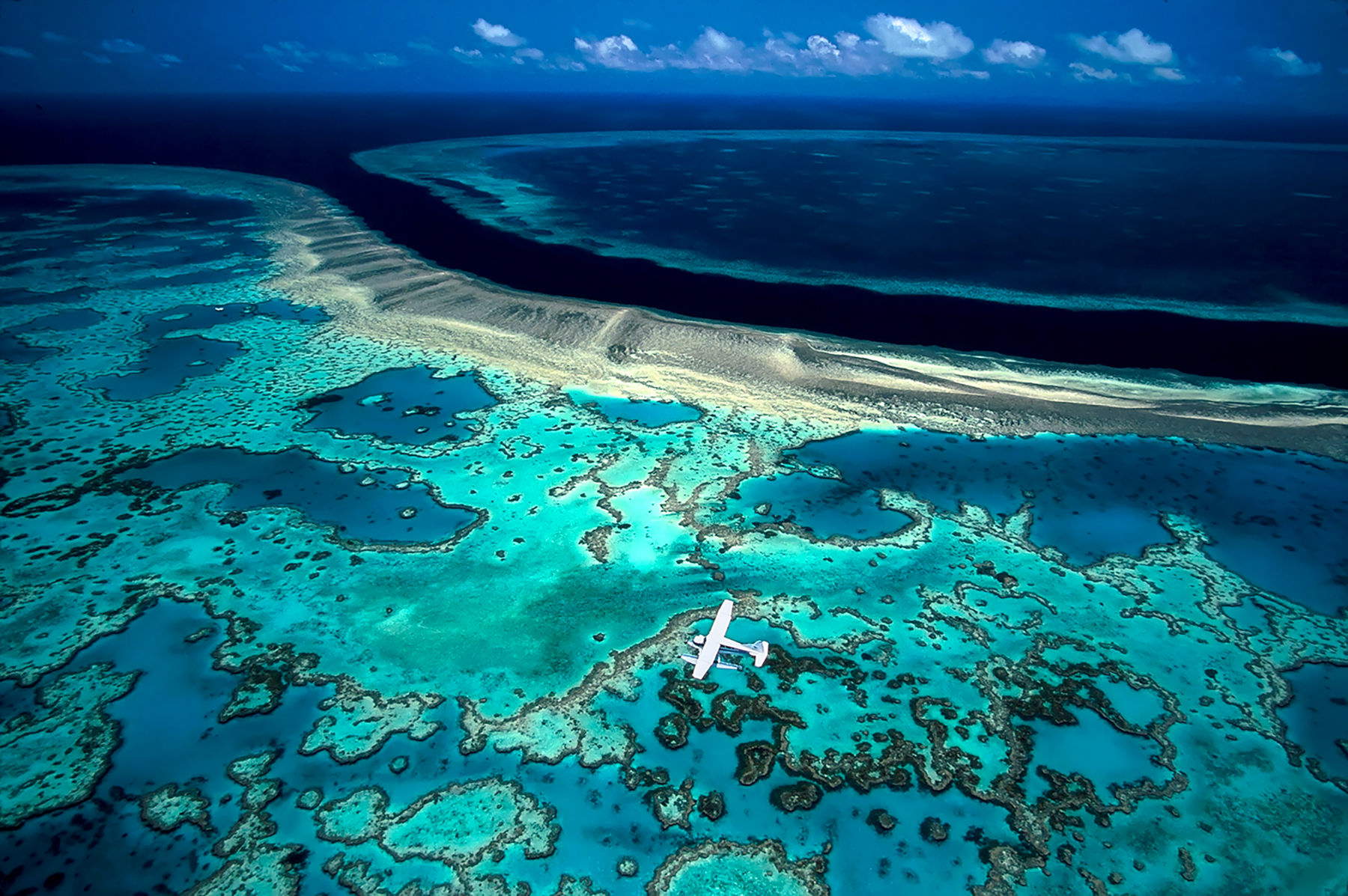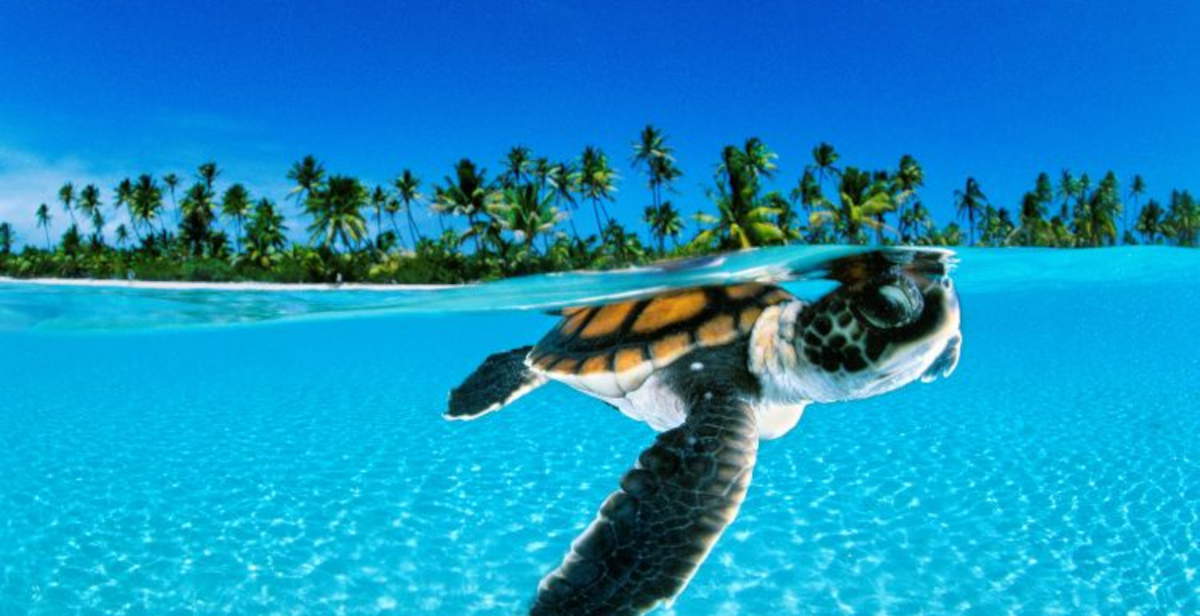Underwater photography lands in Florence with Oceans, the exhibition marking the Italian debut of David Doubilet, one of the world’s best-known nature photographers. The exhibition, on view at Villa Bardini from Oct. 21, 2025 to April 12, 2026, is sponsored by Fondazione CR Firenze and Gallerie d’Italia - Intesa Sanpaolo, in collaboration with NationalGeographic. This is the first solo exhibition dedicated in Italy to Doubilet, considered a pioneer ofunderwater exploration through the photographic lens.
More than eighty shots make up the exhibition itinerary, divided into eleven rooms, in a visual journey that recounts the underwater world in its extraordinary variety of forms, colors, species and habitats, but also its current vulnerability. The selected images, many of which have become famous, take the audience from Caribbean waters to the coral reefs of the Pacific Ocean, via Antarctica and the remote atolls of Polynesia.
The lens of Doubilet, who has worked with National Geographic since 1971 and is the author of 74 reportages and 12 books, aims to make visible what, while integral to the life of the planet, remains mostly hidden from the human gaze. The photographer, still active today at the age of 79, has explored the Earth’s oceans for more than half a century and has become an international reference figure in the field of underwater photography. His shots combine aesthetic value, scientific rigor and narrative ability, thanks in part to the invention of a technique that bears his signature: over/under, or the simultaneous shooting of what happens above and below the surface of the water. A method that returns with immediacy the complexity and unity of the marine environment.

The ocean, after all, represents the cradle of life on the planet. According to the most accepted theories, it is in its depths that, more than three billion years ago, the first living organisms originated. Photosynthesis, operated by marine microorganisms, was the process that made possible the production of the oxygen necessary for the colonization of the Earth by more complex life forms.
The link between humans and the oceans has distant roots. The first boats, according to archaeological data, date back at least 10,000 years. In any case, the systematic exploration of underwater environments is a relatively recent phenomenon, which has only taken off since the mid-20th century.
Doubilet, inspired by the figure of Jacques-Yves Cousteau, has taken up the legacy of that early enthusiasm for the underwater world, helping to build an imaginary that today fuels both scientific research and environmental thinking. Together with his wife Jennifer Hayes, a marine biologist and herself an underwater photographer, he pursues work that lies somewhere between reportage and popularization. The selected photographs document the beauty of the seas, but also the increasing fragility of some areas now at risk of irreversible loss. Among the most important images featured at Villa Bardini is an aerial shot of a small DeHavilland Beaver aircraft flying over a section of Australia’s Great Barrier Reef, carrying divers to an area designated for diving. It is an image that sums up the relationship between human presence and the marine environment, but also the accessibility and enormous extent of that fragile living system.

In a lagoon in Nengo Nengo, in the Tuamotu archipelago in French Polynesia, Doubilet captures the swim to the open sea of a baby green turtle (Chelonia mydas), a threatened species but still present in that ecosystem. The detail of its movement restores the energy and vulnerability of a life just beginning. Off the coast of Queensland, Australia, the clownish face of a rainbow parrotfish (Scarus frenatus) seems to smile at the lens, while in the Queen’s Gardens, one of the largest and most pristine protected areas in the Caribbean, in the marine territory of Cuba, schools of fish find refuge among the branches of an Acropora palmata coral, now listed as an endangered species.
The tour closes with a more abstract vision: the corals of Tubbataha Reef National Park, in the Philippines, form a composition of shapes and colors that recalls a pictorial work. Declared a UNESCO World Heritage Site in 1993, the park is home to more than 300 species of corals and 400 species of fish. Doubilet’s images render the richness of this place as a living mosaic, capable of surprising even the most experienced eye. The exhibition catalog is published by Società Editrice Allemandi, while the entire exhibition project enjoys the patronage of the City of Florence. The exhibition is part of the cultural and scientific outreach activities supported by Fondazione CR Firenze and Gallerie d’Italia, with the aim of broadening public reflection on environmental issues and raising public awareness of the fundamental role the oceans play in the balance of the planet.
 |
| At Villa Bardini the first Italian exhibition of David Doubilet with National Geographic |
Warning: the translation into English of the original Italian article was created using automatic tools. We undertake to review all articles, but we do not guarantee the total absence of inaccuracies in the translation due to the program. You can find the original by clicking on the ITA button. If you find any mistake,please contact us.